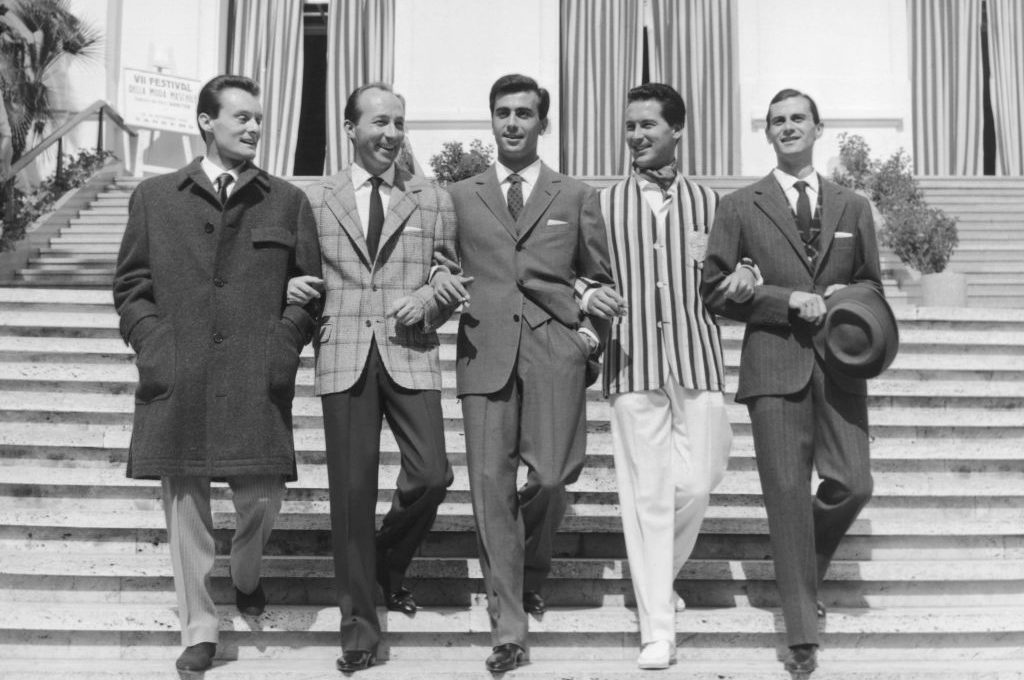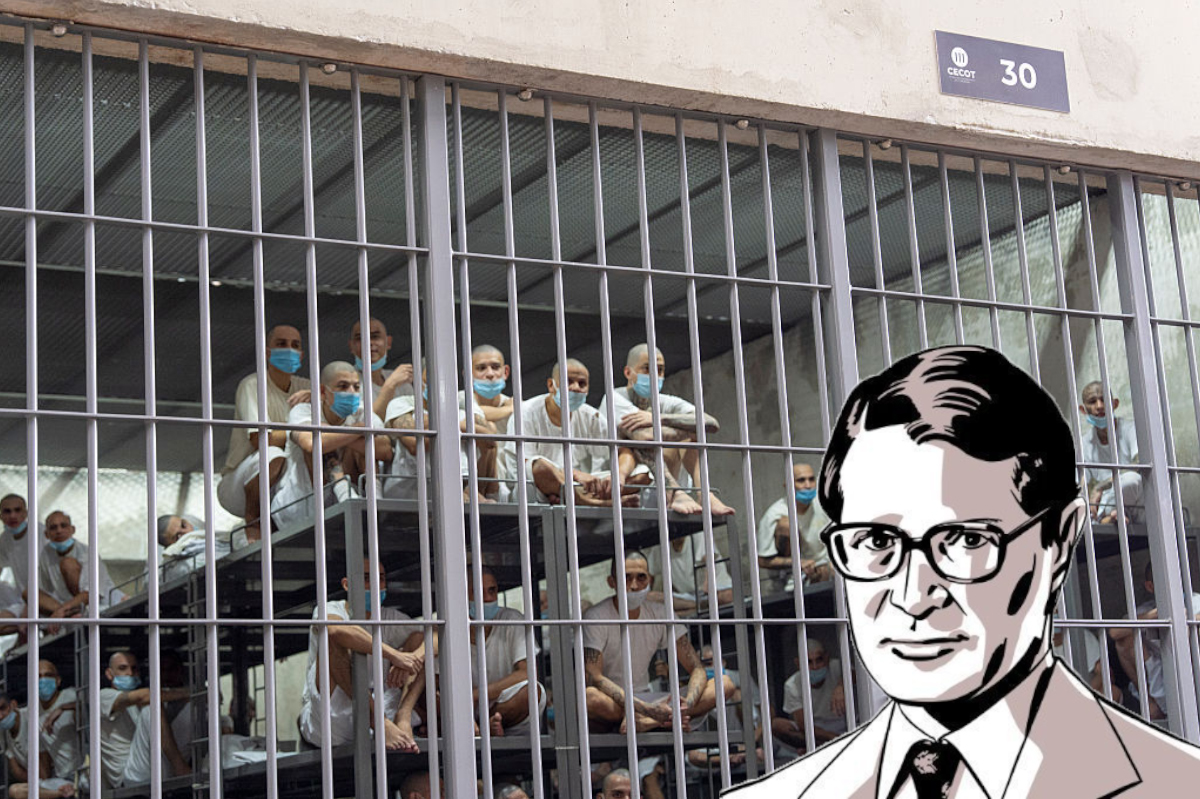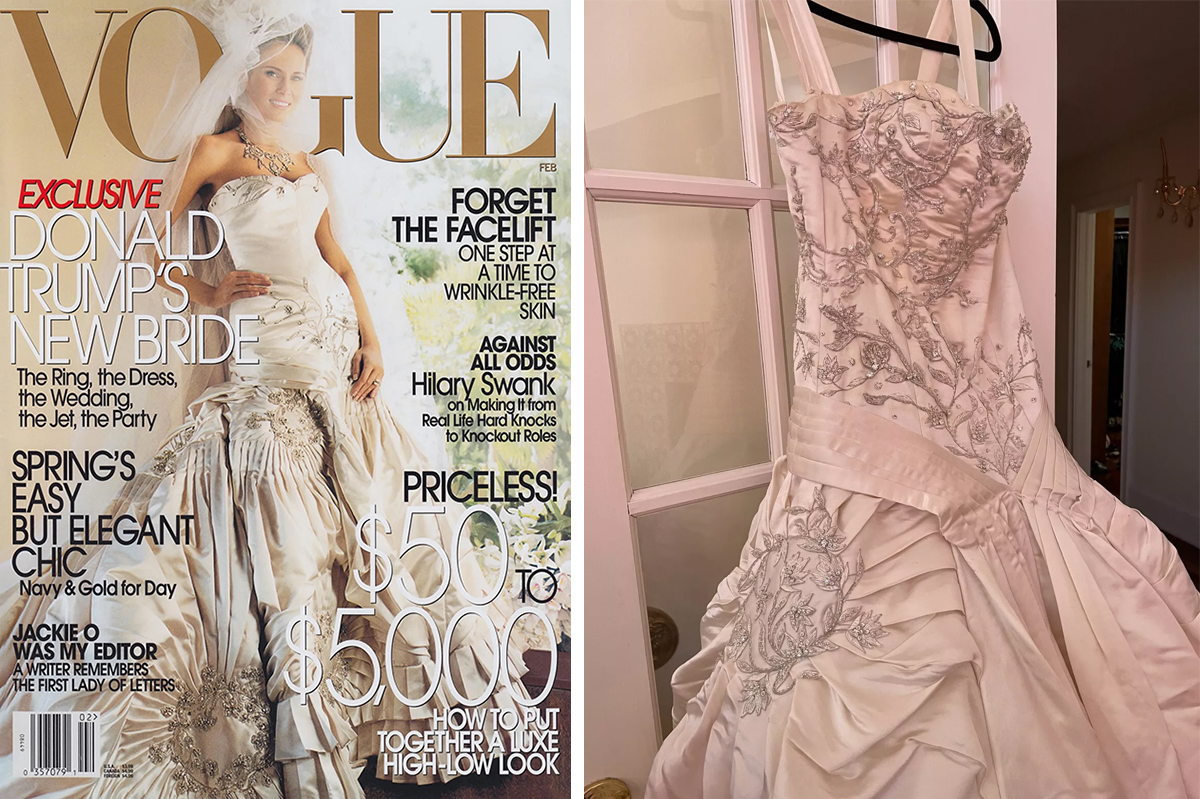The other day I saw something you don’t often see these days on the streets of London: a truly stylish man.
He was a tall, skinny black dude, with a velvet top hat that tilted on his head in a jaunty way that defied gravity. He wore a brightly-embroidered paisley jacket, a waistcoat, tight black trousers and shiny, pointed black shoes — and he carried a pearl-handled walking stick. He looked like a cross between Beau Brummel and James Brown.
So I was surprised when I saw this elegant man start to collect cigarette butts from the ground. Here was a dandy in the gutter — but one so cool, he stooped with style.
I went up to him and said, “Hey man, I dig your look!” And I meant it. But instead of saying, why thank you, gracious cool white dude for your compliment — he turned his back on me and carried on looking for butts.
Along with my neighborhood Dandy, I have another local hero I call the Dancing Queen. She comes to the park with her mini-speaker blaring disco music or Abba — and no matter what the weather, she dances in bare feet across the greensward. Crazy, improvisational gyrations and freaky configurations. (Isadora Duncan meets Jane Fonda’s workout routines via the Bride of Frankenstein.) People in the park stop, stare and wonder: is this woman crazy?
She dances with abandoned joy and the last time I saw her I thought: I want to dance with abandoned joy too. So I said to her, “Hello, Dancing Queen. May I join you?” She nodded and I followed her moves.
You know that line about how you should dance as if no one is watching? I did. Unfortunately, people were watching — a bunch of giggling schoolboys started mocking my dancing and shouting, “Go granddad, go!” I wish I could say that I defiantly danced on, but I got embarrassed and sloped off to the nearest park bench.
But the Dancing Queen just kept going. She didn’t care what those kids, the park’s dog walkers, all the joggers and even I thought about her crazy dancing. Lost in music and movement, she’d found herself.
The Dancing Queen in the park and the Dandy in the gutter both offered a masterclass in the subtle art of not giving a fuck. (Currently, this is the Big Idea of the self-improvement industry.) To me they embodied the spirit of a wonderful English eccentricity that has gotten lost in the age of social media, where being noticed and liked has become all that matters.
What, I wonder, has happened to all the cool, snappy dressers you use to see on London streets? Carnaby Street in the Sixties, the King’s Road in the Seventies, Soho in the Eighties — they were the catwalks of the style-obsessed English working class.
Older readers will remember the second “British invasion” of the US in the 1980s — Boy George, Duran Duran and all those stylish Brit kids with funny haircuts and crazy clothes whose images went around the world thanks to MTV.
Back then young hip England was very proud of its stylishness. Its adherents regarded with disdain young colonials they saw as sartorial savages with their blue jeans, long hair and Grateful Dead T-shirts. Like Christian missionaries of old they had a calling — to civilize these young Americans; to teach them how to dress and how to be cool according to the gospel of the Face magazine.
They simply refused to believe that an American could be stylish and cool. In the 1980s I used to argue with the super-hip of London society about this. But whatever name I came up with, they countered with a reason why he/she didn’t count as a cool American. Andy Warhol? No, he’s Polish, they said. James Dean? (Bisexual). Ray Charles? (Afro-American). Lou Reed? (Junkie). Lenny Bruce? (Jewish). Kerouac? (French). William Burroughs? (Gay). And so on.
So what’s happening now on the London fashion front? The fashion writer Anouchka Grose calls the latest trend “post-capitalist apathy chic.” (I must try that look at my next cocktail party!) And you won’t find it in Vogue. This new look is all about not having a look. They buy clothes from Kilo Shops where clothes are sold by weight and not style.
It’s a look popular with the young gay and transgender community; a form of nonbinary fashion, it rejects all notions of masculine/ feminine, beauty/ugliness, charm/charmlessness, hotness/sexlessness. So what’s left? I dunno… just fabric?
I shouldn’t complain about other people’s taste in clothes. I’ve given up the dream of always dressing like Cary Grant and I’ve let myself go. Most days I slob around the house in ugly tracksuits. As a young man about town, I swore I would never ever wear a blue blazer, white shirt and blue jeans — and guess what I wore the other night?
Style — as opposed to fashion — has long been a weapon by which mostly working-class British kids asserted their right to be seen and heard. Their marginalization, alienation and poverty produced in England a wonderful flowering of subcultural styles from Mods in the Sixties to New Romantics in the Eighties. But now the young have all the alienation and marginalization they could want — and yet they have nothing new or interesting to wear. My Dandy in the gutter is possibly the last stylish man standing.
This article was originally published in The Spectator’s December 2023 World edition.


























Leave a Reply